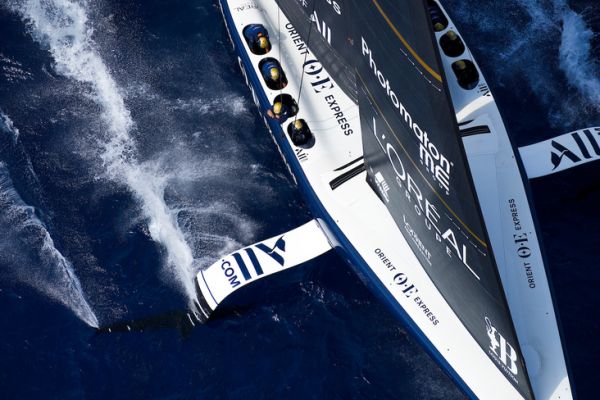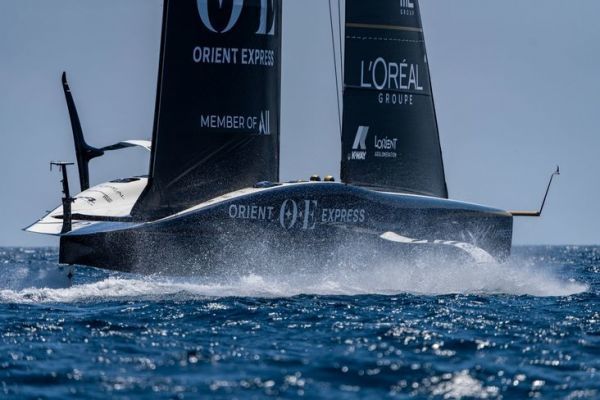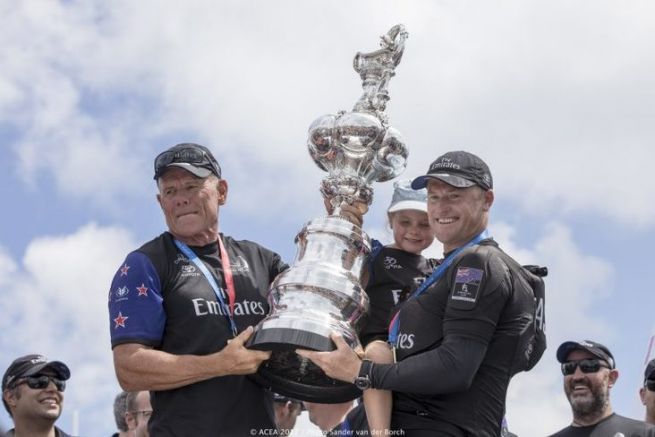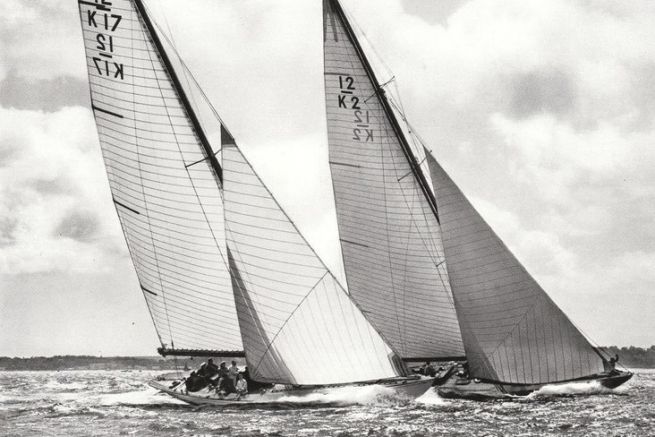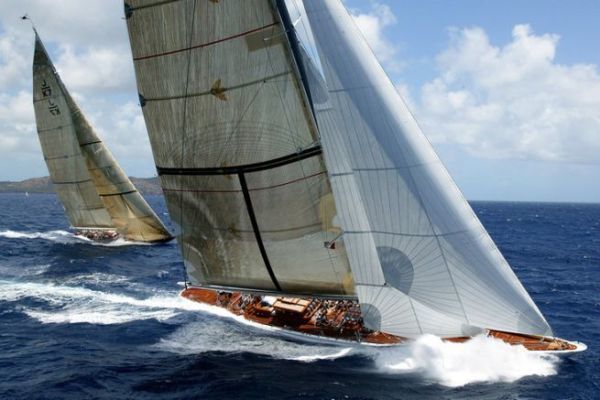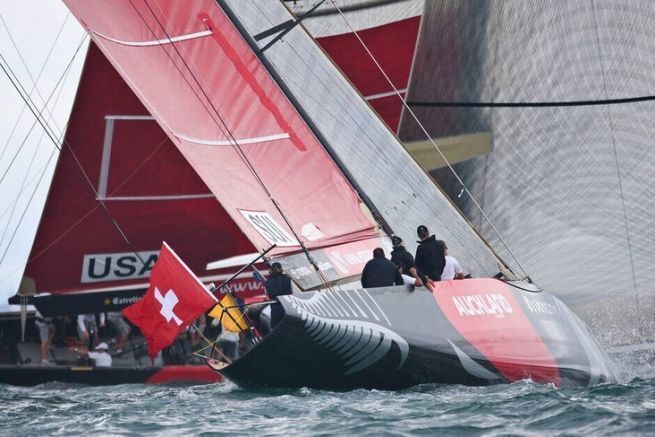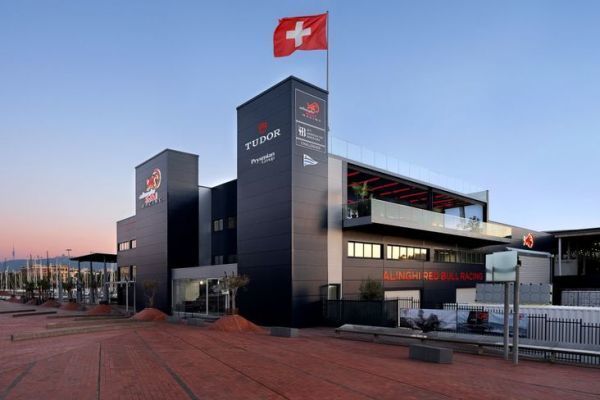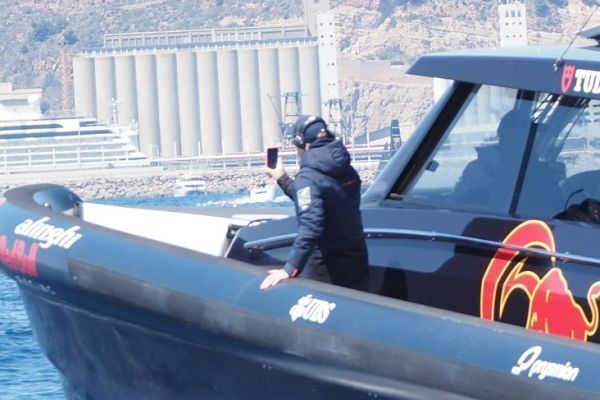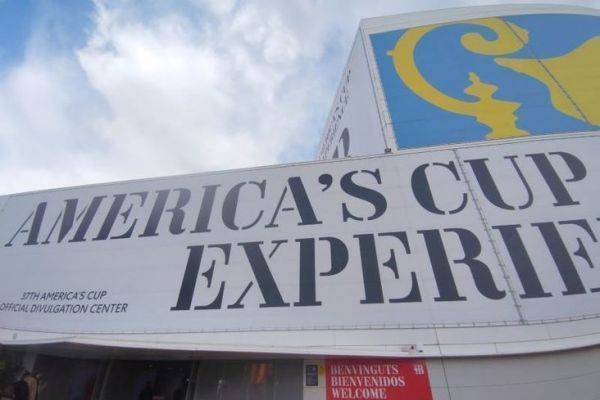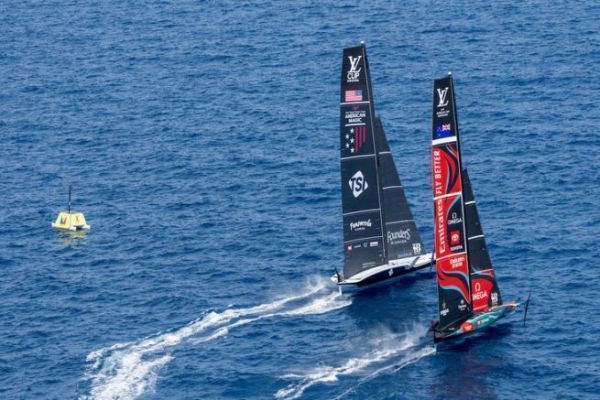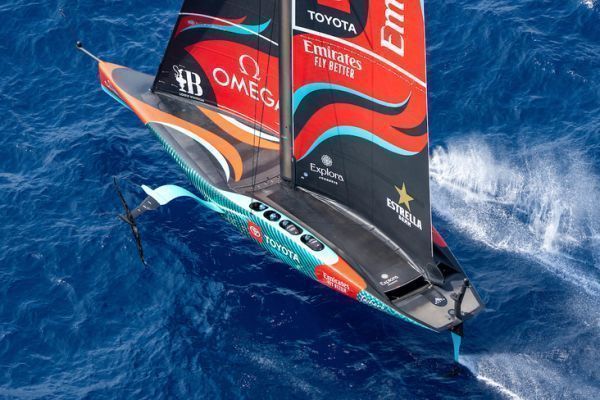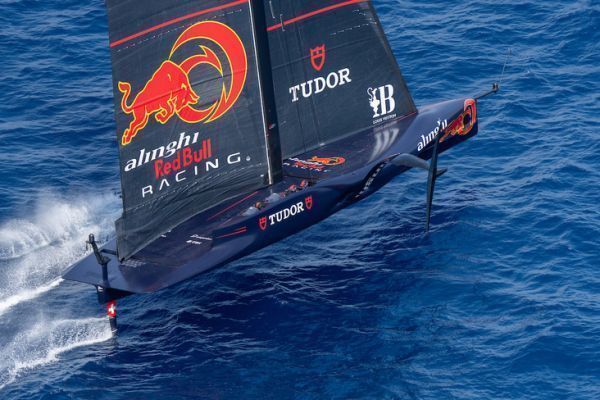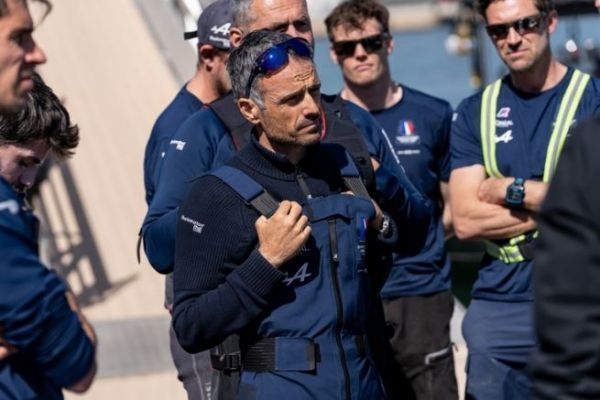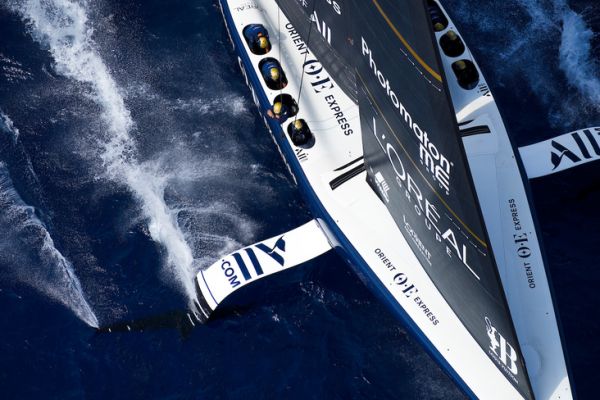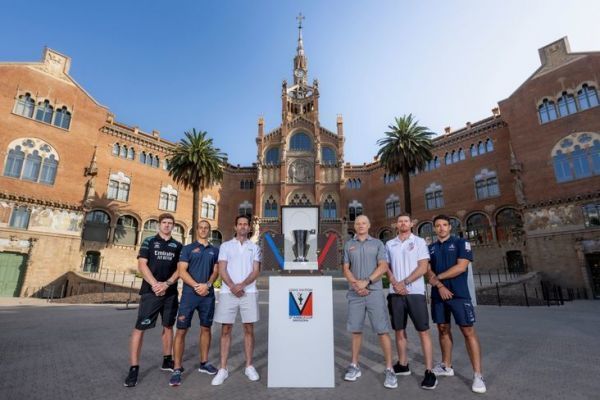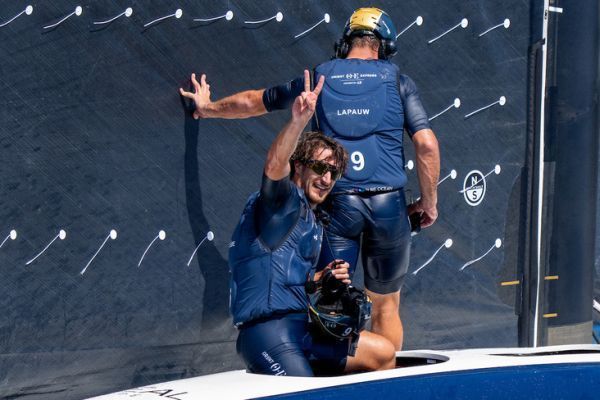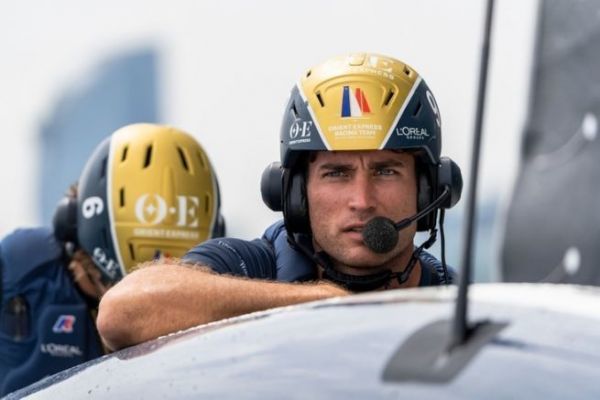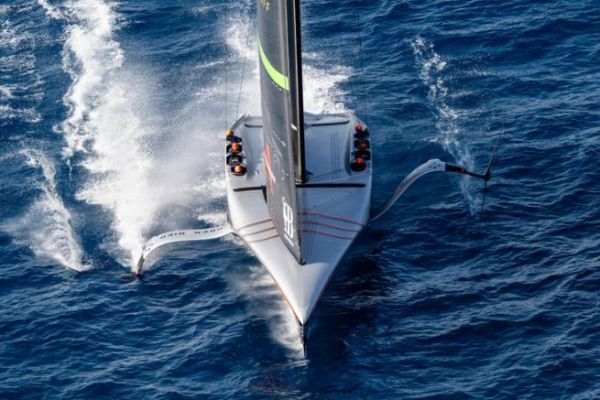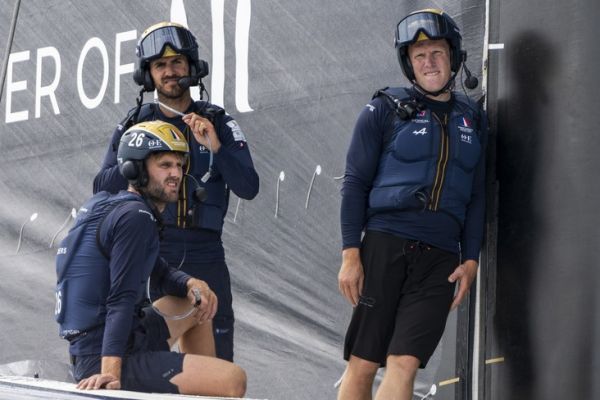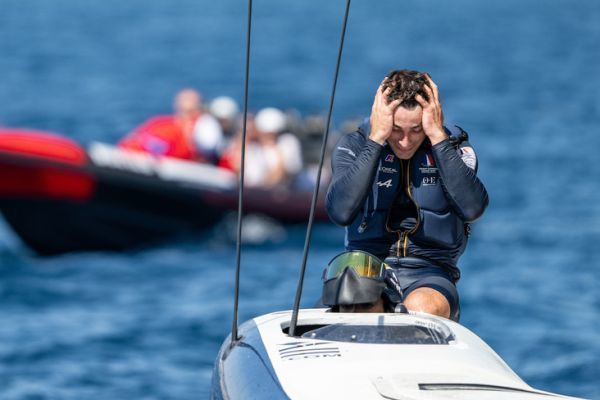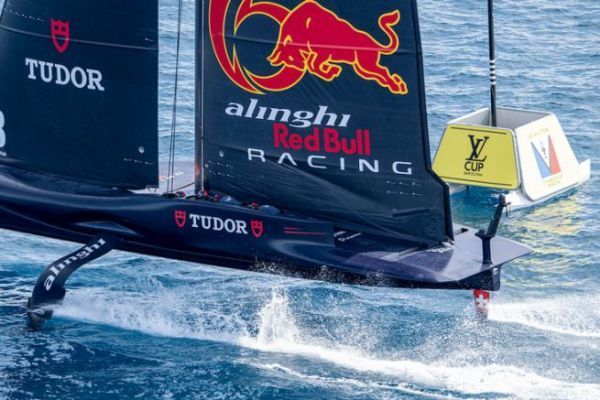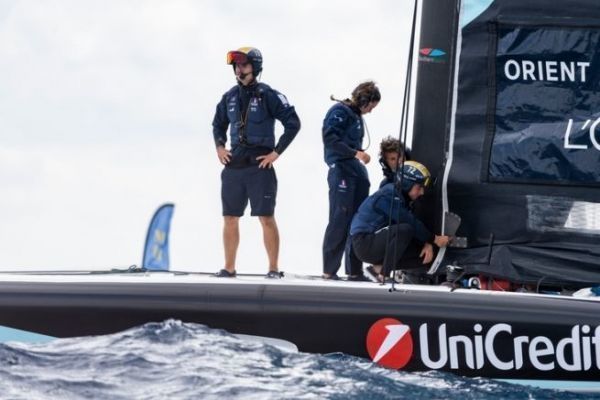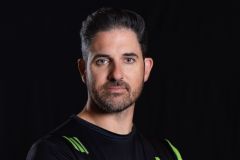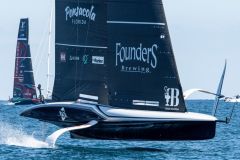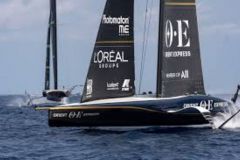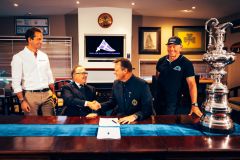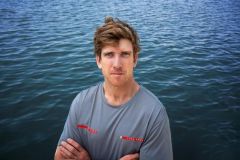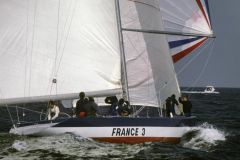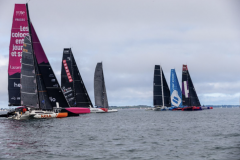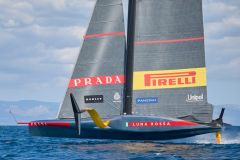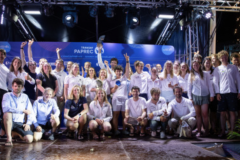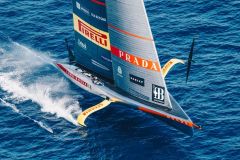The AC75 in figures
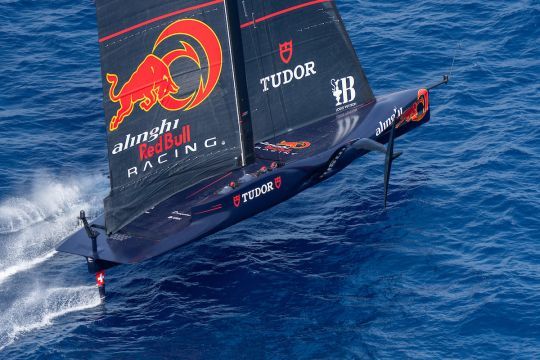
The AC75, official boat of the 37th America's Cup, is a 20.7-meter-long foiling monohull yacht. Weighing just over 6 tonnes, including just 1.5 tonnes for the hull alone, it is equipped with two foils capable of flying at over 50 knots.
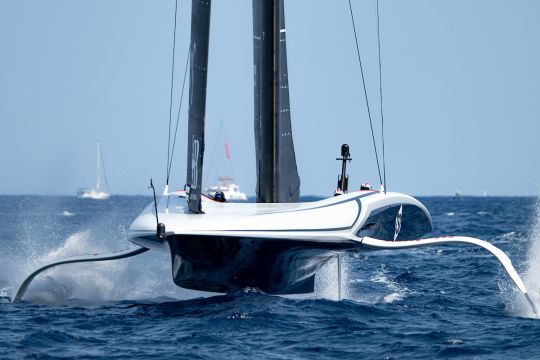
The 26m mast carries a sail area of around 380m2, consisting of a gv and a headsail. The set of sails remains identical in all points of sail. Note that the mainsail is actually a soft wing, a kind of double gv that has all the advantages of a rigid wing, without the disadvantages of installation.
A symmetrical crew
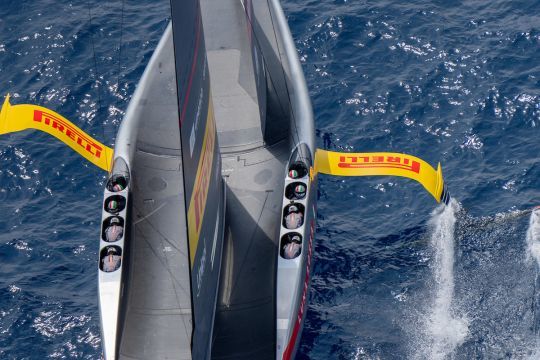
On an AC 75, the crew of 8, compared with 11 on the last edition, doesn't move at every change of tack. A helmsman is present on each side, as is the trimmer, and two "power sailors" are responsible for the energy supply.
At the 36 e edition, the grinders were busy working on coffee grinders. For this 37 e edition, we use our legs to generate energy, not our arms.
Installed on bicycles at the back of the cockpit, these new-style winches have the onerous task of pedaling continuously for the duration of a race to provide the foiler with sufficient energy to adjust the sails. It should be noted that the foil jacks, which consume more energy, are powered by batteries which are recharged on the quayside before each day on the water. On board, nearly 40 liters of hydraulic oil circulate in the various circuits.
Closed cockpits
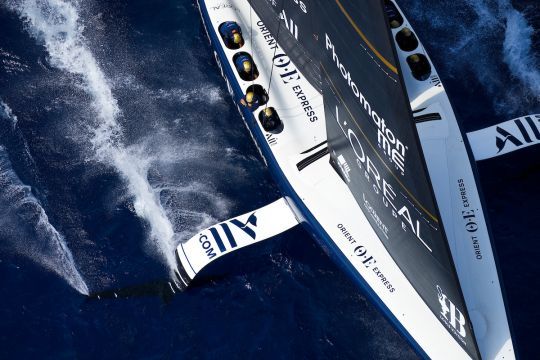
In 2021, semi-open cockpits offer a glimpse of the crew in action. In 2024, the decks are better streamlined, with only the crew's heads protruding from the deck. Mainsheet and jib tracks are concealed below deck.
Monotype elements
Many components of an AC 75 are "one design" and common to all syndicates. The mast, foil arms and cylinders, and battery park are identical for all six AC75s.
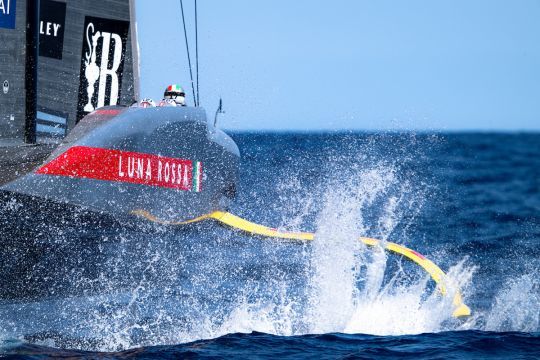
Foils have evolved significantly. In the last edition, only Team New Zealand had T-shaped foils, while the other syndicates had inverted V foils. For this new edition, all the syndicates have adopted T-shaped foils, with a slightly smaller surface area, made possible by lighter hulls.
Hours of preparation before every sail
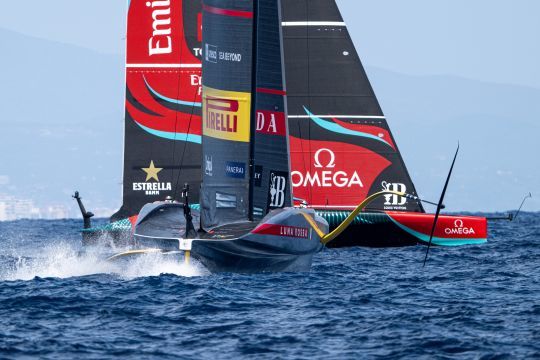
As in aviation, the ratio of flight hours to workshop hours is very high. Before each navigation, a long process of checks is essential to validate the complexity of all on-board systems. Nearly 4 hours of checks are required before each navigation, both on land and at dockside.

 /
/ 